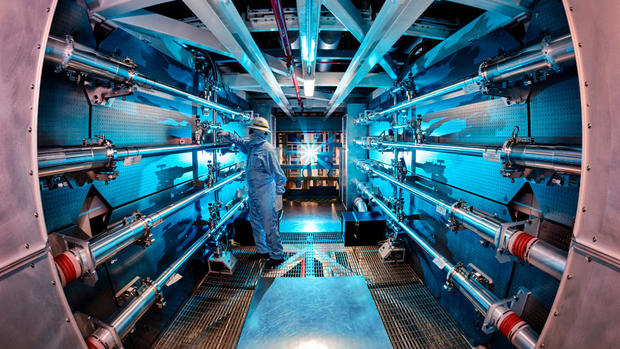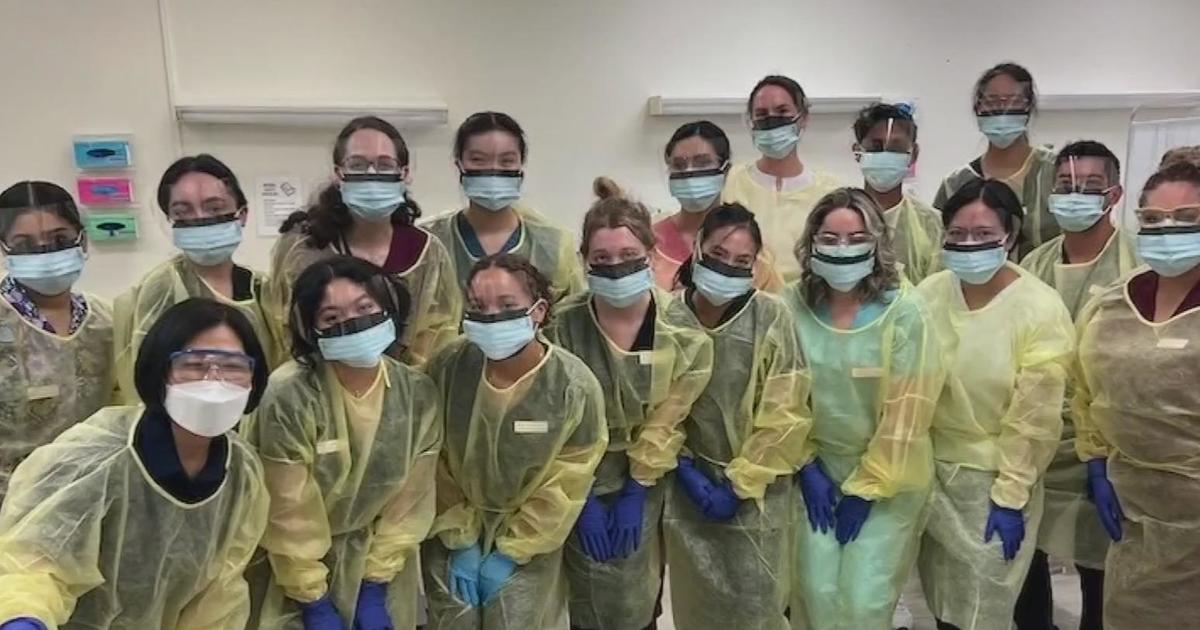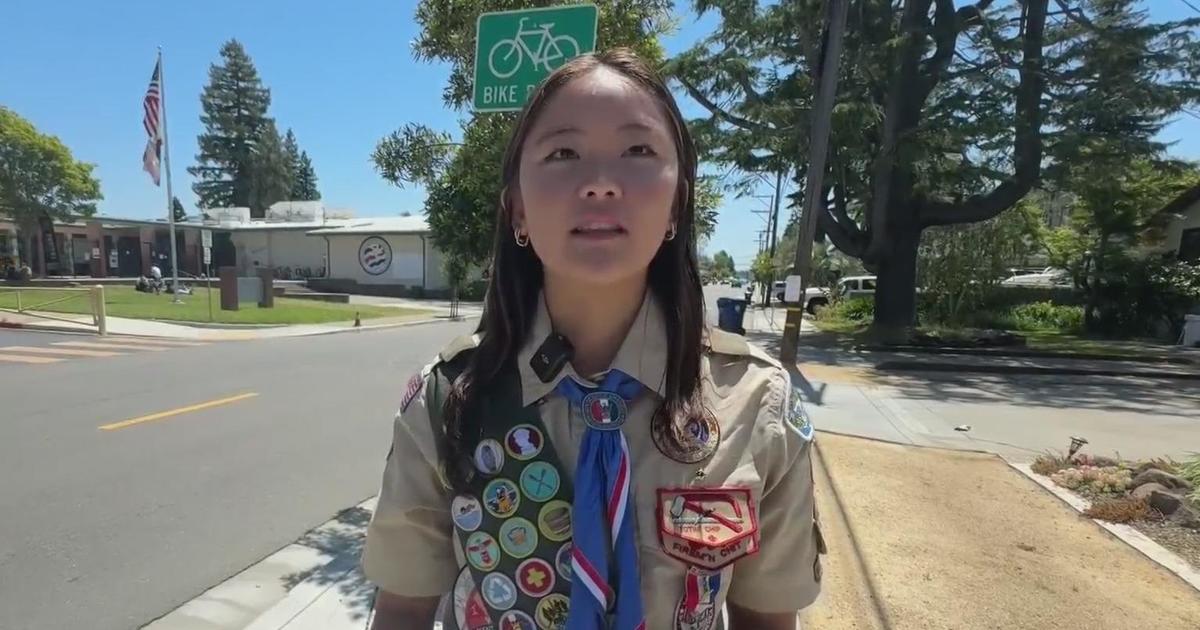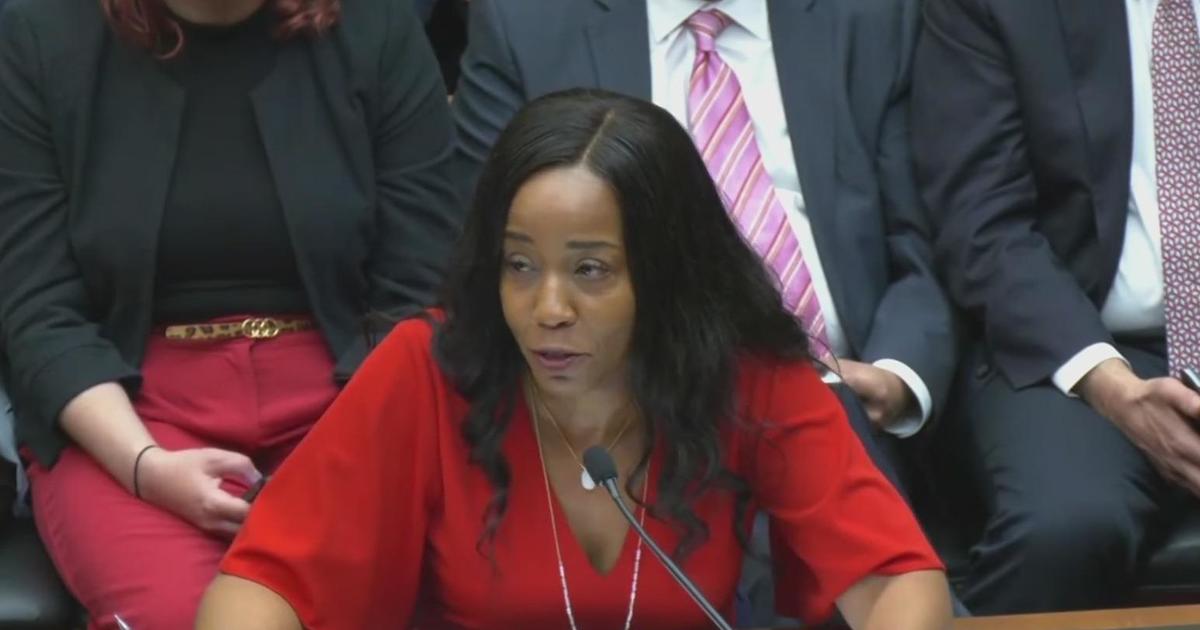Scientific community buzzing about Lawrence Livermore Lab fusion breakthrough
LIVERMORE -- On Tuesday, officials with the U.S. Department of Energy will announce details regarding a breakthrough fusion experiment conducted by researchers at Lawrence Livermore National Laboratory.
While the lab wouldn't talk about any details regarding the announcement Monday, a lot of people in the scientific community were.
UPDATE: Feds confirm historic fusion ignition at Lawrence Livermore National Laboratory
"Of course, what fusion offers, I think that most people are most excited about, is this possibility of clean energy," said Lee Bernstein with UC Berkeley and Lawrence Berkeley Labs.
If fusion is the energy holy grail, Lawrence Livermore appears to have taken a significant step towards it.
"They used this large laser, called the National Ignition Facility, to create a system that produced energy by thermonuclear fusion to create energy faster than it lost it," Bernstein explained. "So when you take all the energy they put into the system, they exceed that by a significant margin. And I'm gonna leave it for them to tell you what that margin was, what they exceeded it by."
Bernstein knows some of those involved with the project. He says it's a breakthrough beyond the energy possibilities. For example, the plasma that's created is not unlike the core of a star.
"This is a reproducible platform to allow us to study the way elements are involved in star, and stellar interiors," he added. "So for nuclear astrophysicists, this is a really big development as well. I know it's not the one everyone is interested in. But it does have that aspect as well."
More practical applications, like power, are years or decades down the road.
"If you want energy generation, you are going to have to bring the engineers in," Bernstein said of the next steps in the long term process. "They are going to need to say how do we make something like this work in the form of a power plant."
But the science of fusion is moving ahead, and picking up speed.
"So what will happen in another year, or 15 months," he wondered. "I don't know."





